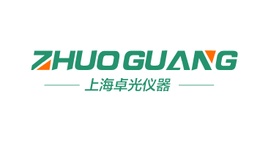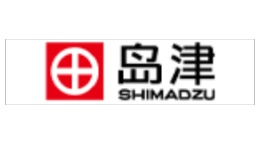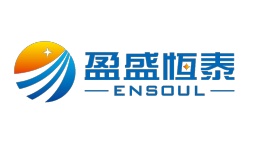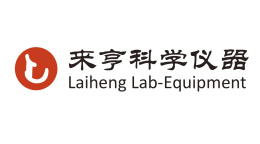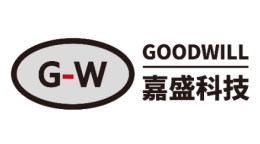方案详情文
智能文字提取功能测试中
Abstracts of Food Summit in China & 16" Annual Meeting of CIFST 中国食品科学技术学会第十六届年会暨第十届中美食品业高层论坛摘要集 现出较低的定量限(0.20-0.50ugg)和良好的线性(R≥0.995)。实际样品中食用香精的回收率为83.7%~114.9%。与传统的前处理方法相比,本文采用的分散固相微萃取(DSPE)-分散液液微萃取(DLLME)前处理方法快速(17 min),并且易于高效液相色谱(HPLC)-紫外检测器(UV)的测定。在实际样品中,几乎没有发现香兰素、甲基香兰素和乙基香兰素等奶油味的风味化合物。然而,在所有的样品中都存在麦芽酚(鱿鱼干除外)和乙基麦芽酚等热反应过程中会产生的风味化合物。 关键词 分散固相微萃取;分散液液微萃取;食用香精;即食海产品 Dispersive solid -phase extraction and dispersive liquid -liquid microextraction for the determinationof flavor enhancers in ready -to-eat seafood by HPLC-UV Ma YunjiaoBi Anqi Wang Xiaoyuan Qin Lei Du MingDong Lian1ggXu Xianbing* (National Engineering Research Center of Seafood, School of Food Science and Technology,Dalian Polytechnic University, Dalian 116034, Liaoning) Abstract The dispersion solid- phase microextraction (DSPE) combined with dispersion liquid -liquid microextraction(DLLME) was developed as a rapid, simple and effective pretreatment method for the determination of flavor enhancers (mal-tol, ethyl maltol, vanillin, methyl vanillin, ethyl vanillin) of ready- to -eat seafood products (dried squid, baked squid,fried fish, steamed abalone). Under the optimized DSPE - DLLME method, the developed method exhibited low limits ofquantitation (0.20-0.50 pgg) and excellent linearity (R’≥0.995). The recoveries of flavor enhancers in the actualsamples were 83.7%-114.9%. Compared with traditional pretreatment methods, the developed DSPE -DLLME method wasrapid (17 min) and easy to determine the flavor enhancers through HPLC- UV. In actual samples, nearly no creamy flavorcompounds like vanillin, methyl vanillin, and ethyl vanillin were detected in all samples. However, the thermally generatedflavors like maltol (except for dried squid 3) and ethyl maltol were present in all samples.dispersion solid -phase microextraction; dispersion liquid -liquid microextraction; flavor enhancers; ready - Keywordsto - eat seafood 【626】 GC -IMS 技术在人参萃取液货架期及品质筛选中的应用 曾媛媛 李可欣 刘昌树 郑绣蒨 李 思 (佳格投资(中国)有限公司 上海 201103) 摘 要 为了建立一种快速准确判别人参萃取液的风味变化检测方法,本研究采用 GC -IMS 法测定挥发性风味物质,结合主成分分析法( Principal component analysis,PCA)及聚类分析法(Cluster analysis,CA)快速判别以两种人参为原料的人参萃取液风味差异,以及人参饮萃取液在不同温度(35℃、45℃和55℃)下的储藏过程中风味变化情况。通过分析人参萃取液的指纹图谱,两种人参萃取液的风味物质在不同保留时间及迁移时间下均有差异,通过 PCA 分 析得出在两种主成分的方差累计贡献率达到83%,显示两种人参萃取液均有各自的特征风味化合物;同时,在常温储藏下,1号人参萃取液在储藏前期的变化大于后期变化,而2号人参萃取液在储藏中期的变化大于前后期的变化。利用 CA分析,在距离小于25时即可将两种人参饮进行分类,当距离小于6时,35℃60d、45℃28d和55℃8d的人参萃取液聚为一类,得到加速实验Q10分别为2.1、3.5。因此,基于 GC-IMS 联用技术的不同品种人参萃取液分类技术具有更好的可行性和高效性。 关键词 GC -IMS;人参萃取液;风味;PCA;CA;Q10 Application of GC -IMS technology in shelf life and quality screening of ginseng extract Zeng YuanyuanLi Kexin Liu TristanCheng Shiouchian Li Si(Standard Irwestment (China), Shanghai 201103) Abstract In order to establish a rapid and accurate method for detecting the flavor change of ginseng extract, this study usedGC -IMS method to determine volatile flavor substances, combined with principal component analysis (PCA) and cluster a-nalysis ( Cluster analysis, CA) Quickly discriminate the flavor difference of ginseng extract with two kinds of ginseng as rawmaterials, and the flavor change of ginseng drink extract during storage at different temperatures (35℃, 45℃ and55℃).By analyzing the fingerprint of ginseng extract, the flavor substances of the two ginseng extracts were different under differentretention time and migration time. The PCA analysis showed that the cumulative contribution rate of the variance of the twoprincipal components reached 83%, showing two The ginseng extracts have their own characteristic flavor compounds. At thesame time, under normal temperature storage, the change of No. 1 ginseng extract in the pre - storage period is greater thanthat in the later stage, while the change of No. 2 ginseng extract in the middle of storage is greater than that in the early andlate stages. Using CA analysis, two kinds of ginseng drinks can be classified when the distance is less than 25, when the dis-tance is less than 6, the ginseng extracts at 35 ℃ 60d, 45℃ 28d and 55 ℃ 8d are clustered into one class, and the acceler-ated experiment Q10 is obtained. It is 2.1 and 3.5. Therefore, different types of ginseng extract classification technologybased on GC -IMS combined technology has better feasibility and high efficiency. Keywords GC -IMS; ginseng extract; flavor compounds; PCA; CA; Q10 【627】 苹果 SSC 近红外分析模型的温度补偿方法研究 王一方 潘思轶* (华中农业大学食品科学技术学院 武汉4430070) 摘 要 温度是影响近红外模型应用最重要的外源性因素之一,模型的温度补偿方法也备受关注。本研究收集了表面无缺陷的115个富士苹果样品,在不同不度下(0℃、10℃20℃和30℃)分别采集漫透射光谱(500~1010nm),在20℃下采集可溶性固形物含量(SSC)。光谱经过卷积平滑二阶导数处理后,斜率/偏差法用于 PLS模型温度补偿,内 ·(C)China Academic Journal Electronic Publishing House. All rights reserved. http://www.cnki.net 为了建立一种快速准确判别人参萃取液的风味变化检测方法,本研冗采用GC- IMS 法测定挥发性风味物质,结合主成分分析法( Prin c ipalcomponentanalysis,PC A ) 及聚类分析法( C lu s t e ra na ly s is, C A ) 快速判别以两种人参为原料的人参萃取液风味差异,以及人参饮萃取液在不同温度( 3 5 T:、45 T: 和5 5 T: ) 下的储藏过程中风味变化情况。通过分析人参萃取液的指纹图谱,两种人参萃取液的风味物质在不同保留时间及迁移时间下均有差异,通过PC A 分析得出在两种主成分的方差累计贡献牟达到8 3 % , 显示两种人参萃取液均有各自的特征风味化合物; 同时,在常温储藏下,1 号人参萃取液在储藏前期的变化大于后期变化, 而2 号人参萃取液在储藏中期的变化大于前后期的变化。利用C A 分析, 在距离小于2 5 时即可将两种人参饮进行分类,当距离小于6 时,3 5 T: 6 0d 、45 T: 2 8 d 和5 5 T: 8 d 的人参萃取液聚为一类, 得到加速实於Q 1 0 分别为2.1、3 .5 。因此,基于GC-IMS 联用技术的不同品种人参萃取液分类技术具有更好的可行性和高效性
关闭-
1/2
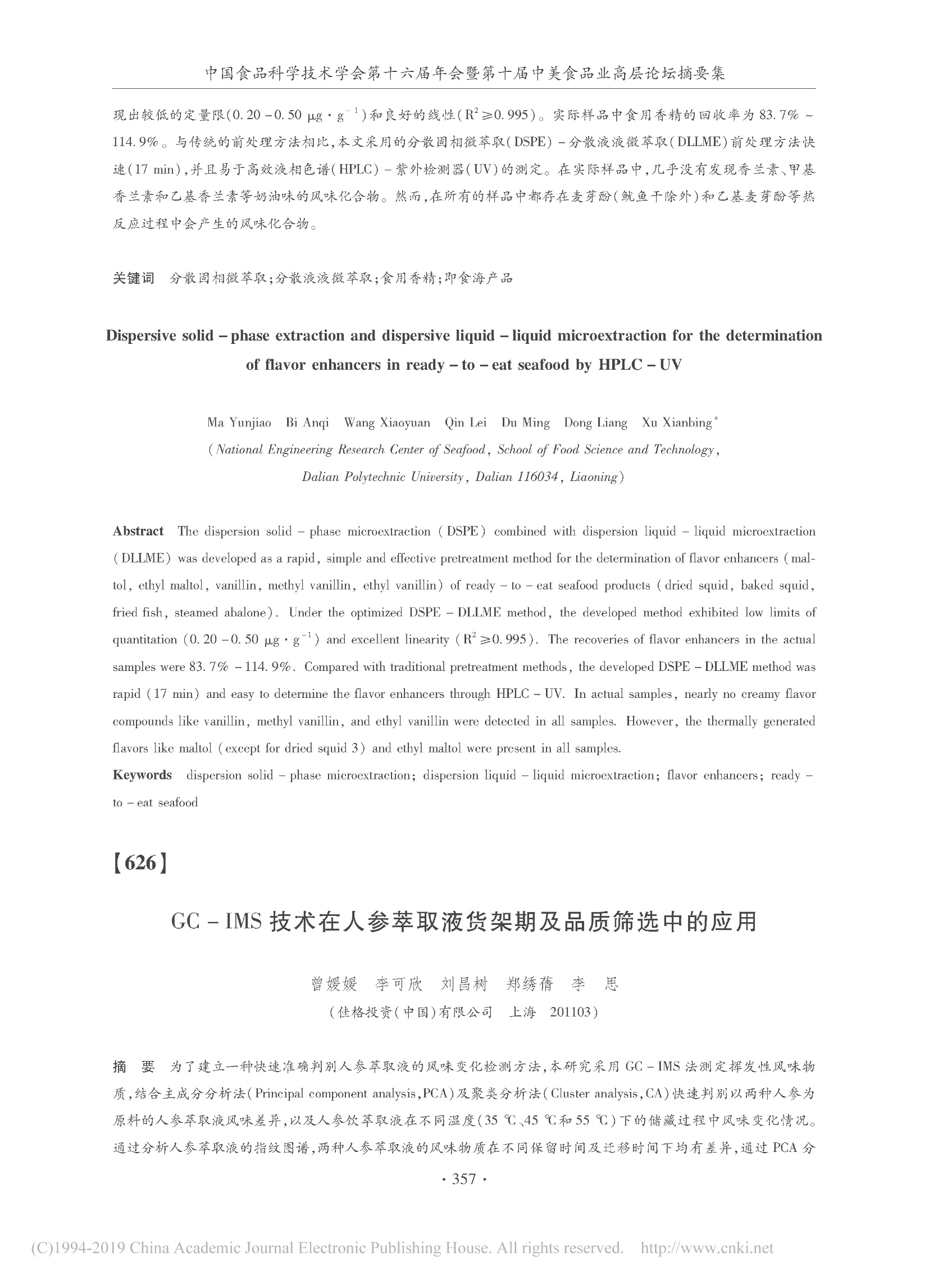
-
2/2
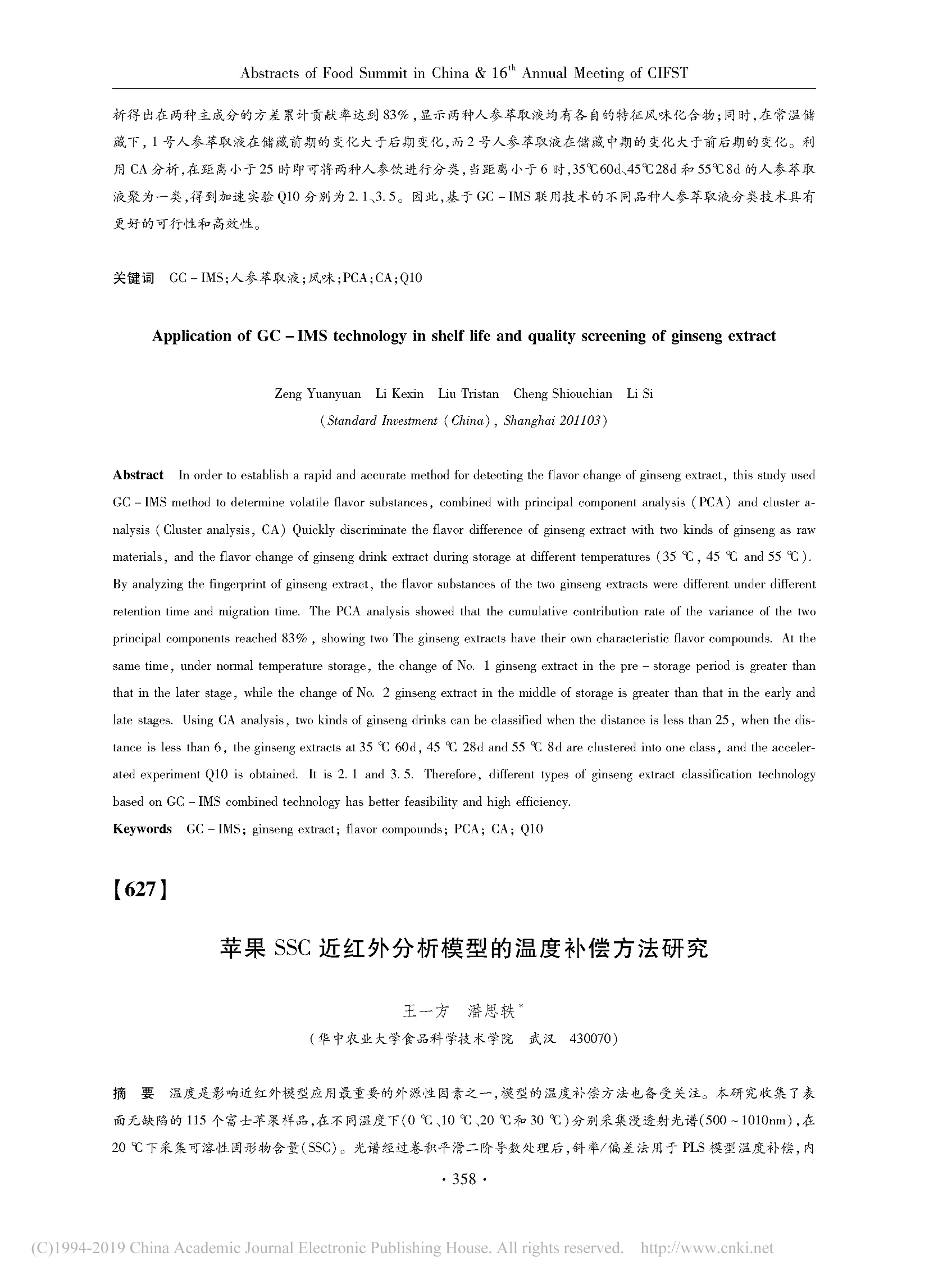
产品配置单
G.A.S.为您提供《人参中萃取液货架期检测方案(离子迁移谱仪)》,该方案主要用于植物油脂和提取物中理化性质检测,参考标准《暂无》,《人参中萃取液货架期检测方案(离子迁移谱仪)》用到的仪器有G.A.S.FlavourSpec®气相离子迁移谱联用仪。
我要纠错
推荐专场
相关方案


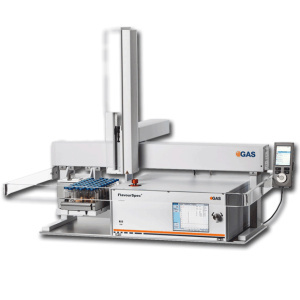
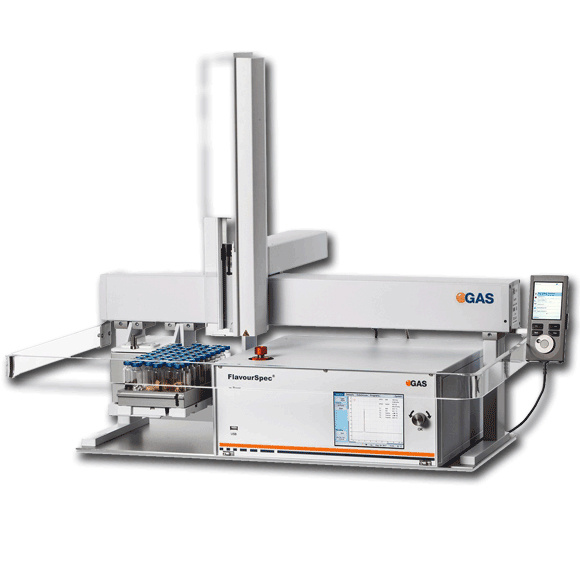
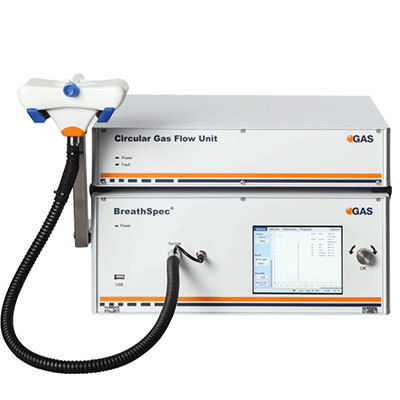
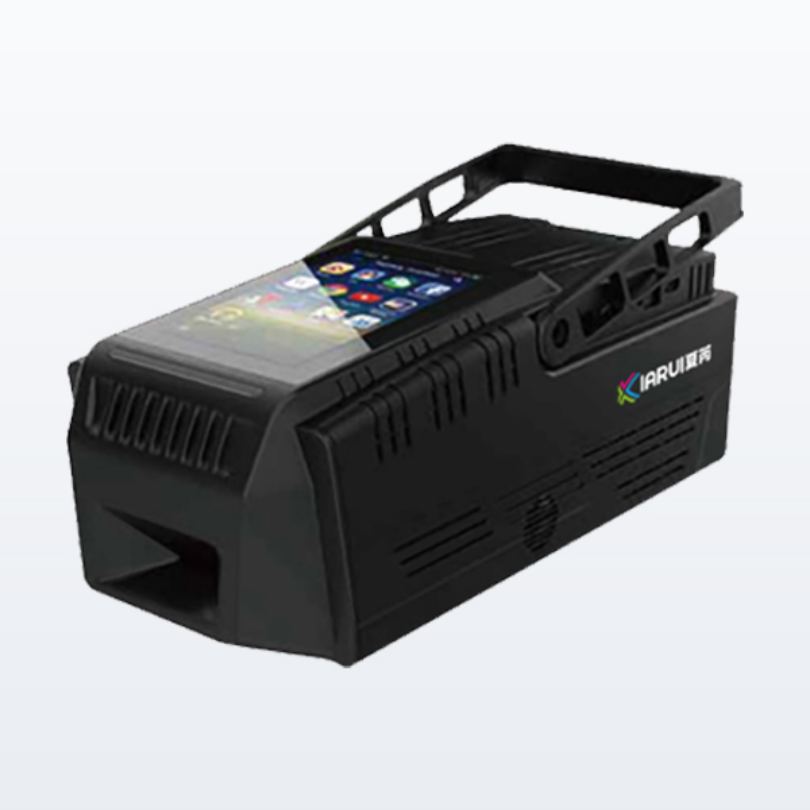
 咨询
咨询